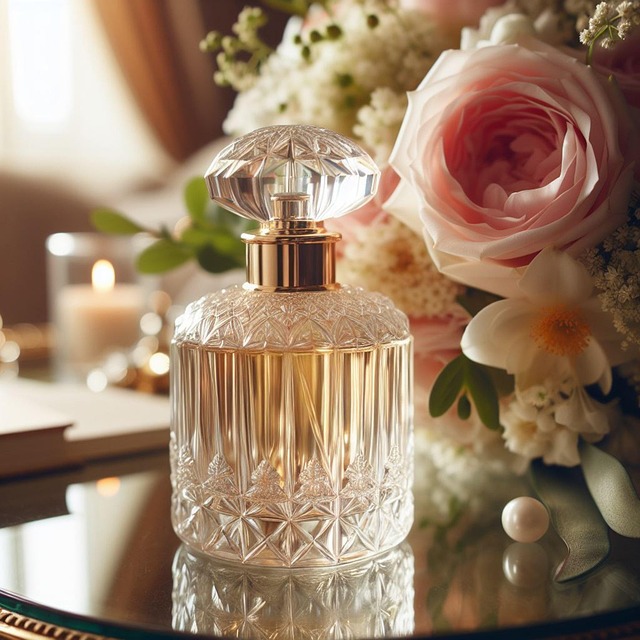This text explores the chemical composition of popular fragrances like Hugo Boss Perfume and Cologne, focusing on phthalates used for scent duration. It highlights health risks associated with phthalates, including hormonal disruption and developmental issues in children. In response, consumers demand safer options, prompting Hugo Boss to offer phthalate-free products. The trend emphasizes natural alternatives like essential oils, with Hugo Boss leading the way in clean fragrance formulations, catering to health-conscious individuals seeking a natural beauty routine.
Is your favorite fragrance truly safe? This guide explores the world of clean fragrances, focusing on whether popular scents like Hugo Boss perfume contain phthalates—a group of chemicals raised for their potential health risks. We’ll demystify ‘clean’ certifications, analyze popular perfumes, and uncover alternative scent compounds that offer both allure and safety. By understanding what makes a fragrance truly harmless, consumers can make informed choices, ensuring their perfumes don’t come at the cost of their well-being.
- Understanding Phthalates in Fragrances
- What Makes a Product 'Clean' Safe?
- Hugo Boss Perfume Composition Analysis
- Identifying Phthalates on Ingredient Lists
- Alternative Safe Scent Compounds
- Consumer Awareness and Demand for Clean Fragrances
Understanding Phthalates in Fragrances
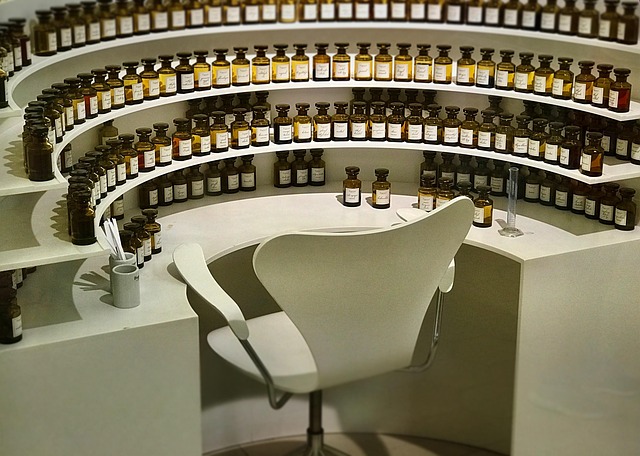
Phthalates are a group of chemicals often used as solvents or fixatives in fragrances, including those found in popular perfumes and colognes like Hugo Boss Perfume and Hugo Boss Cologne. They help to prolong the scent’s duration on the skin by enhancing its ability to adhere to fabrics and other surfaces. However, these substances have raised significant concerns due to their potential health risks.
Many studies have linked phthalates to various negative effects, such as hormonal disruption, reproductive issues, and even developmental problems in children. As a result, there’s a growing demand for cleaner and safer fragrance options. Many brands, including Hugo Boss, are now offering perfumes and colognes that are free from phthalates, catering to consumers’ increasing awareness of the potential dangers these chemicals pose.
What Makes a Product 'Clean' Safe?
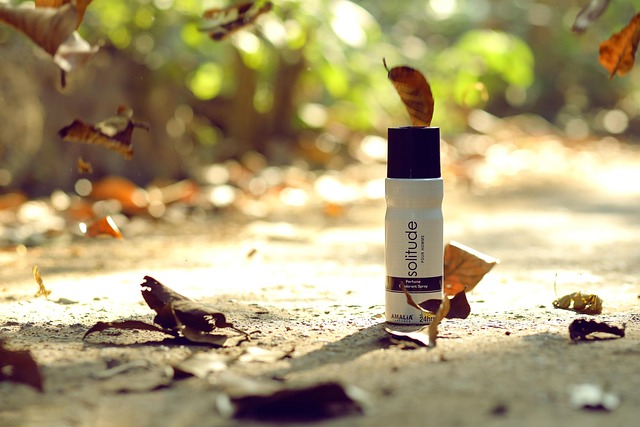
When it comes to discussing “clean” fragrance safety, the term refers to products that are free from potentially harmful chemicals and ingredients often found in traditional perfumes and colognes. What makes a product truly “clean” or “safe” is a complex interplay of factors. Firstly, it involves avoiding synthetic fragrances and phthalates, which can have adverse effects on health and the environment. Many consumers now seek out products with natural alternatives, such as essential oils, to ensure a safer scent experience.
For instance, take Hugo Boss Perfume or Hugo Boss Cologne—popular scents that have garnered attention for their clean safety profile. These fragrances often boast formulations free from phthalates and synthetic compounds, making them appealing choices for health-conscious consumers. By opting for such products, individuals can enjoy the delightful aromas without compromising their well-being, ensuring a more natural and, in some cases, eco-friendly beauty routine.
Hugo Boss Perfume Composition Analysis
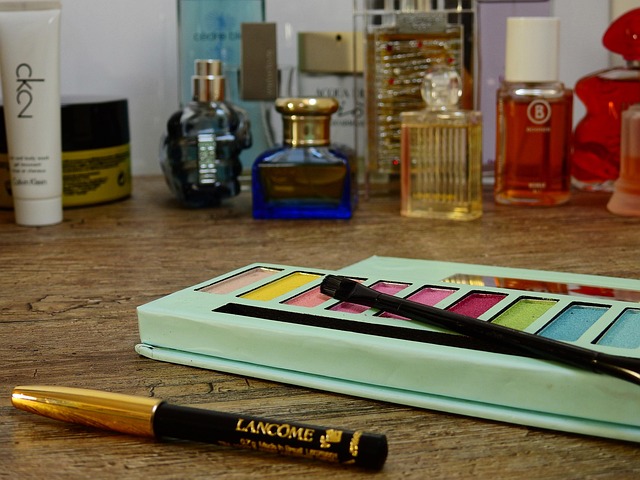
The composition of Hugo Boss perfumes is a topic of interest for many consumers concerned about the safety and chemical makeup of their fragrances. A close analysis reveals that while some Hugo Boss scents claim to be ‘clean’ or ‘safe’, they may still contain controversial ingredients, particularly phthalates. Phthalates are a group of chemicals often used as plasticizers in various products, including perfumes, to extend their shelf life and enhance scent projection. However, they have been linked to potential health risks, including endocrine disruption and reproductive issues.
In the case of Hugo Boss colognes, some popular formulas may include phthalates as part of their base notes, ensuring a lasting impression. For instance, the signature scent of Hugo Boss Bottled is known to feature a blend of woody and aromatic notes, with potential phthalate-based compounds contributing to its longevity on the skin. Consumers seeking truly phthalate-free options within the Hugo Boss portfolio may need to delve deeper into the brand’s product range or consider alternative brands that explicitly advertise their fragrances as clean and safe.
Identifying Phthalates on Ingredient Lists
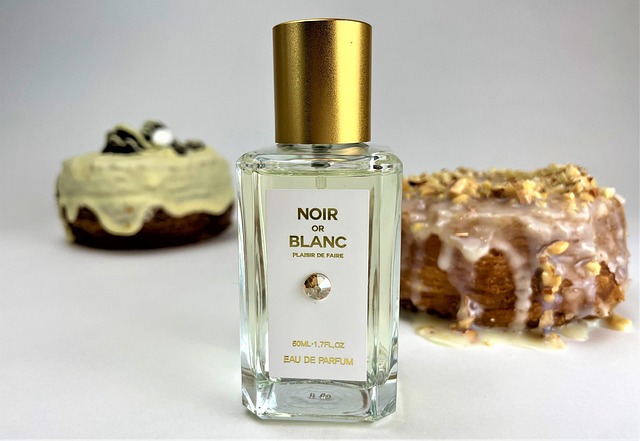
When it comes to identifying phthalates on ingredient lists, it’s important for consumers to become familiar with common phthalate-containing ingredients used in fragrance products. Phthalates are a group of chemicals often used as solvents or fixatives in perfumes and colognes to enhance scent longevity. They are found in many popular Hugo Boss perfume and cologne formulas, adding depth and staying power to the fragrances. However, due to growing health concerns, many manufacturers are now offering phthalate-free alternatives.
To spot phthalates on an ingredient list, look for terms like diethyl phthalate (DEP), dimethyl phthalate (DMP), or butyl benzyl phthalate (BBP). These substances can be listed under various names, so being vigilant during product browsing is key. For instance, Hugo Boss colognes may include these compounds to provide their signature scents, but consumers seeking safer options can look for products explicitly marketed as phthalate-free, ensuring a cleaner and more natural fragrance experience.
Alternative Safe Scent Compounds
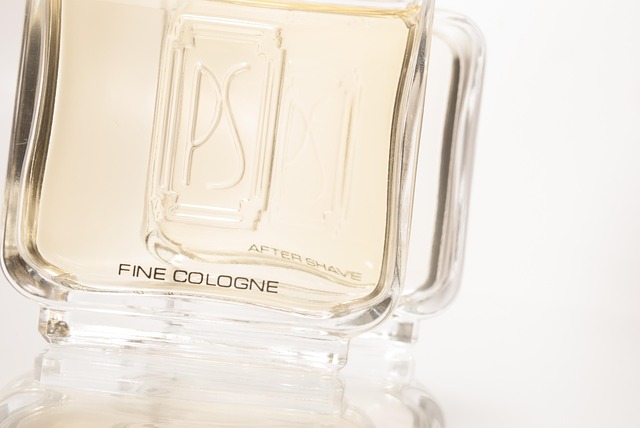
When it comes to safe and clean fragrance options, consumers are increasingly seeking alternatives to phthalates. Phthalates, a group of chemicals used to soften and extend the lifespan of fragrances, have raised concerns due to their potential health impacts. Many brands are now offering phthalate-free perfumes and colognes, ensuring a safer and more environmentally conscious choice for customers.
One notable example is Hugo Boss Perfume and Cologne lines, which have embraced this trend by developing innovative scent compounds without relying on phthalates. These fragrances utilise natural extracts, essential oils, and synthetic alternatives that mimic the aromatic experience while adhering to strict safety standards. By doing so, Hugo Boss demonstrates a commitment to consumer well-being and sustainability, catering to those seeking clean beauty options like Hugo Boss Cologne and Perfume offerings.
Consumer Awareness and Demand for Clean Fragrances
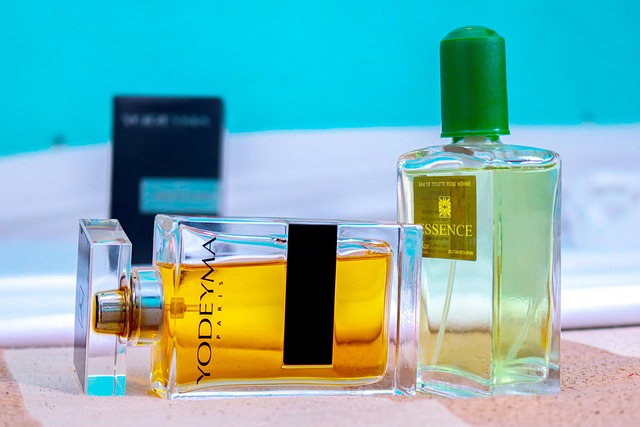
In recent years, there’s been a significant shift in consumer preferences, with an increasing demand for phthalate-free and clean fragrance options. This change is driven by growing awareness about the potential health risks associated with traditional fragrances that contain phthalates, synthetic chemicals often used as fixatives to prolong the scent’s longevity. As a result, many consumers are now actively seeking out alternatives, leading to a booming market for safer, more environmentally conscious perfumes and colognes.
One notable example of this trend is the popularity of Hugo Boss Perfume and Hugo Boss Cologne. These fragrances have gained attention not only for their distinctive scents but also for their marketing efforts to appeal to health-conscious consumers. By promoting their clean formulation and phthalate-free status, Hugo Boss has tapped into a dedicated customer base that prioritizes both personal well-being and style. This shift reflects a broader industry trend towards transparency and the use of natural ingredients in the creation of fragrances.
